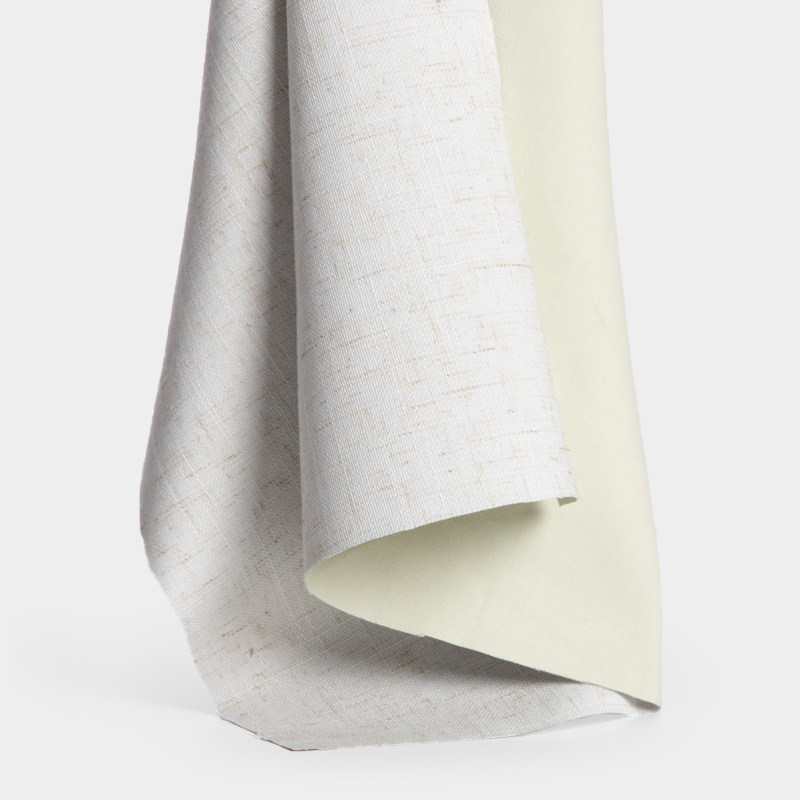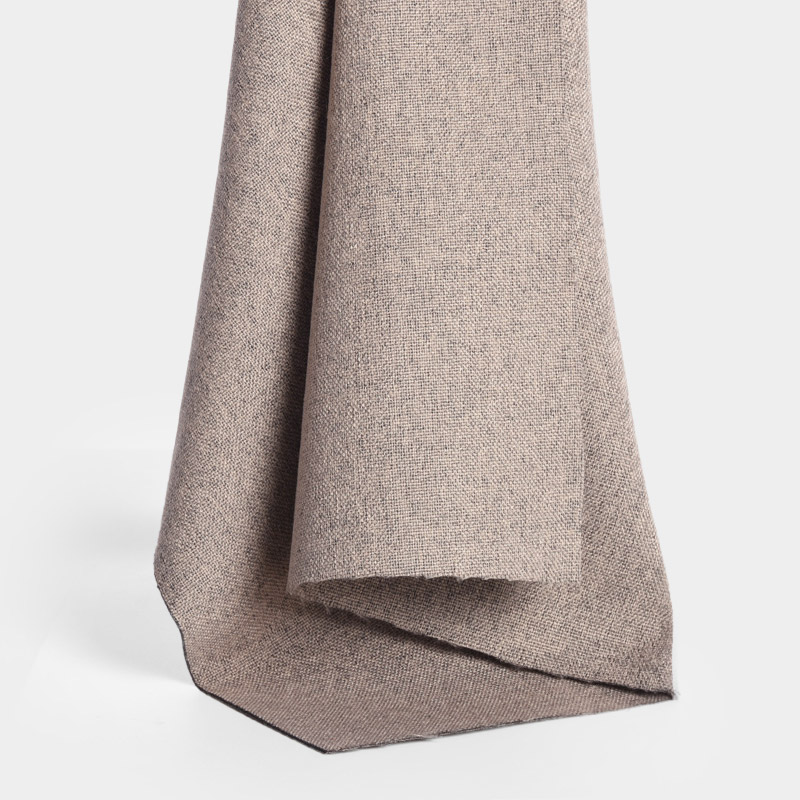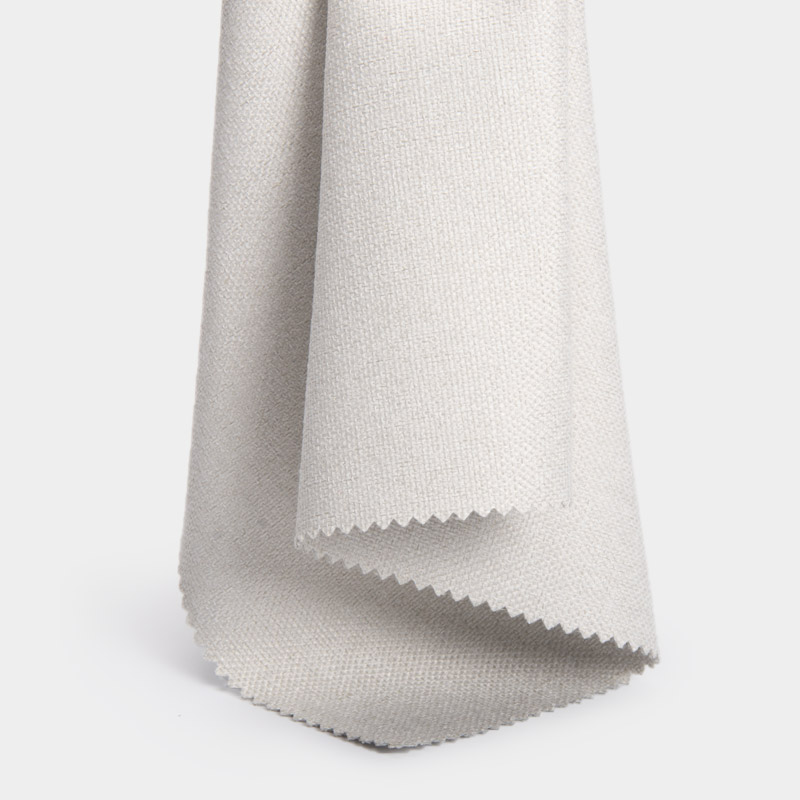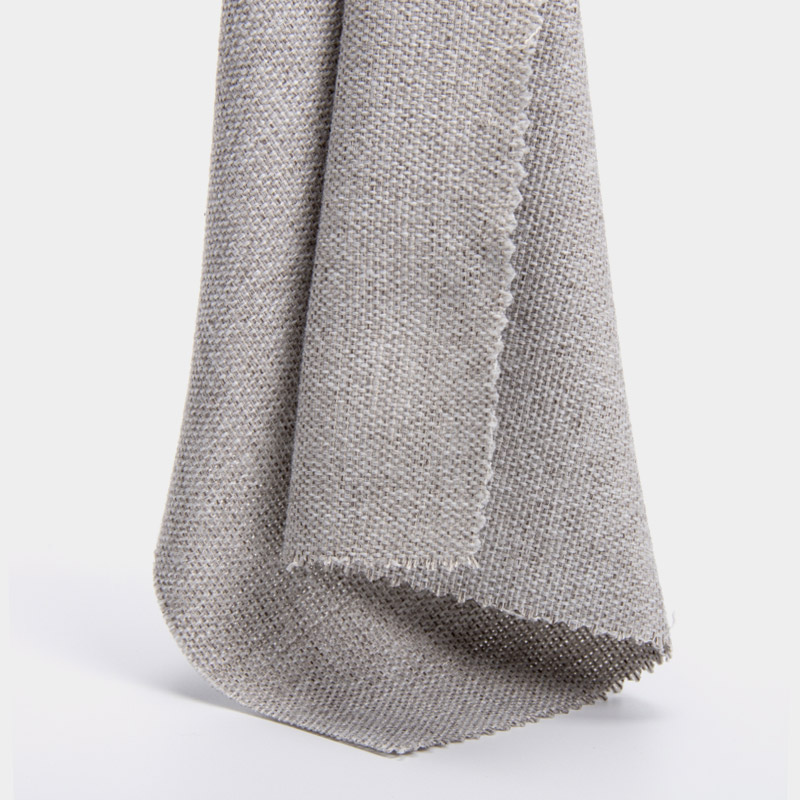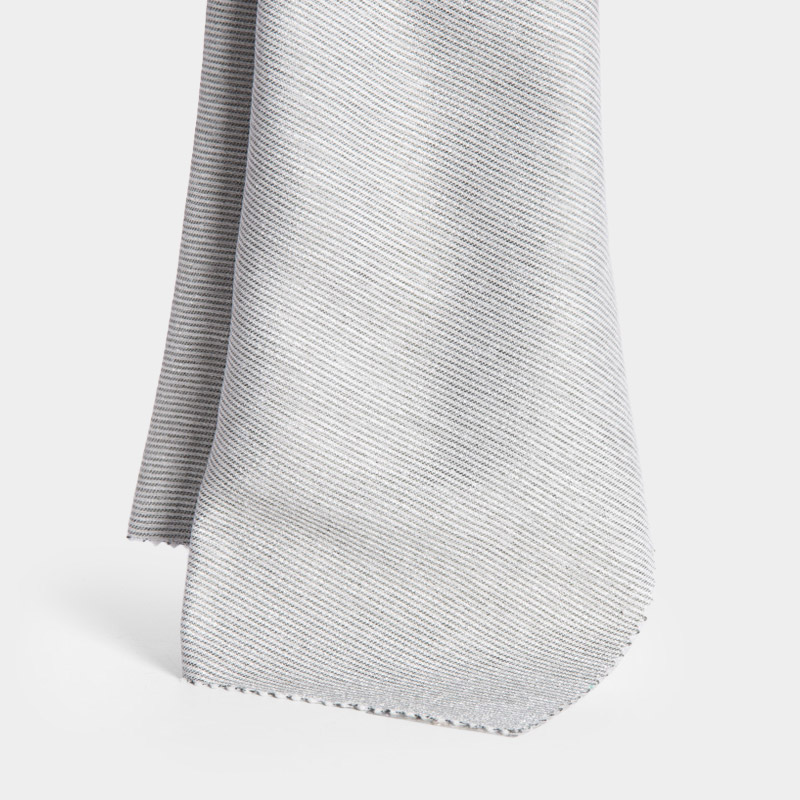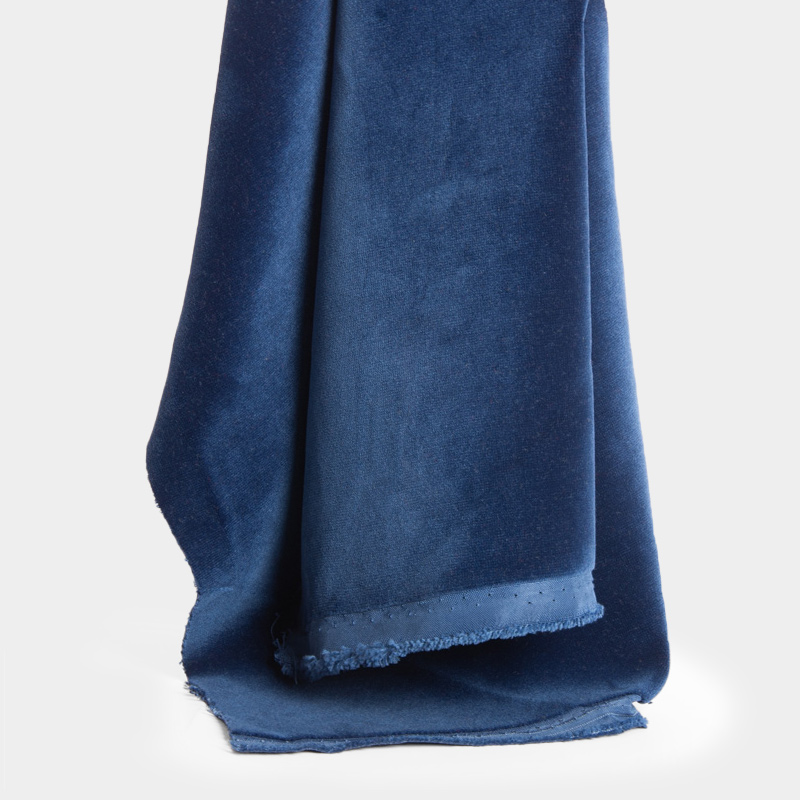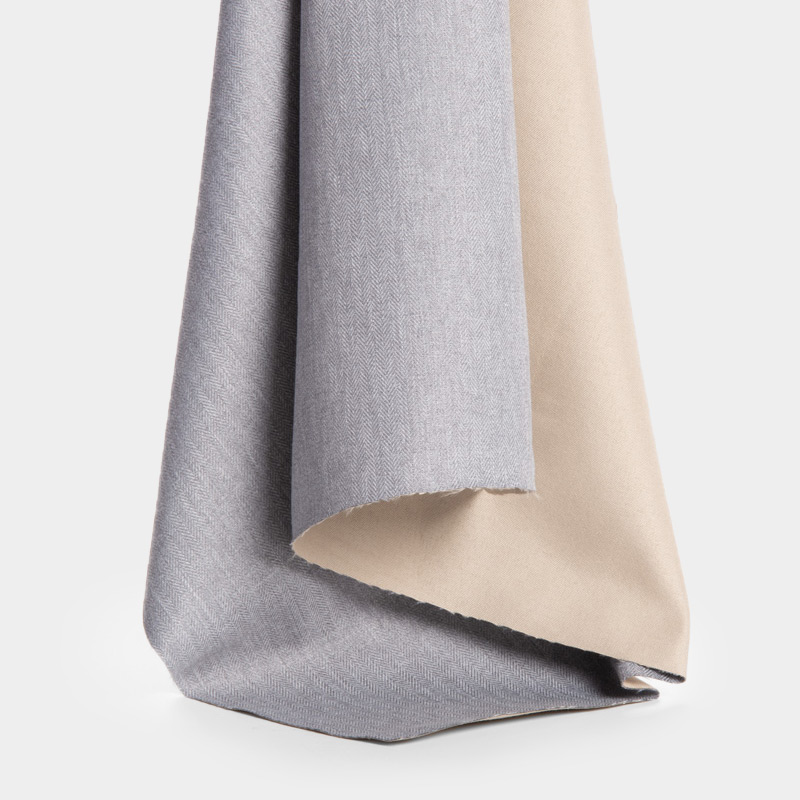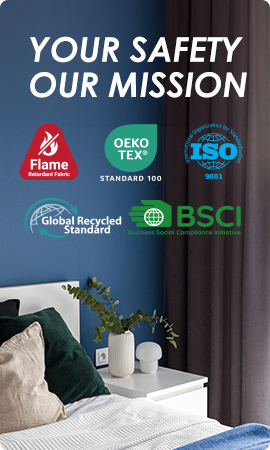How Flame Retardant Anti-UV Fabric Combines Fire Safety and Sun Protection in Outdoor Applications

Selecting the Appropriate Materials
Choosing Base Fabrics: Synthetic Fibers like Polyester or Nylon
When creating flame retardant anti-UV fabric, selecting the appropriate base material is crucial. Synthetic fibers such as polyester and nylon are widely chosen due to their inherent properties of durability, flexibility, and resistance to environmental factors. These fabrics are particularly effective for outdoor applications where exposure to sunlight, moisture, and varying temperatures is inevitable. Polyester stands out for its ability to retain shape and resist shrinking, while nylon offers excellent abrasion resistance and strength.
The choice of synthetic fibers also allows manufacturers to integrate additional treatments more effectively. These materials provide a reliable foundation for applying flame retardant properties and UV-blocking technologies. Furthermore, their lightweight nature makes them suitable for applications in outdoor gear like tents, awnings, and protective clothing.
Selecting UV Blocking Additives
To enhance the UV protection capabilities of the fabric, specific additives are incorporated during production. UV blocking additives work by absorbing or reflecting harmful ultraviolet rays, thereby preventing them from penetrating the material. This not only protects the fabric itself from degradation but also safeguards users from harmful UV exposure.
For outdoor applications, these additives are essential as they contribute to the longevity and performance of the fabric under prolonged sun exposure. The integration of such additives ensures that the material maintains its structural integrity while providing superior protection against UV radiation.
Applying Flame Retardant Treatments to Both Materials
Chemical Treatment Methods
Flame retardant treatments play a pivotal role in enhancing the safety of fabrics used in outdoor environments. Chemical treatment methods involve applying flame-retardant chemicals to the surface or impregnating them into the fibers. These chemicals work by interrupting the combustion process, thereby reducing flammability.
One common method is using halogen-based flame retardants that release a gas during combustion to inhibit flames. Alternatively, phosphorus-based compounds can be employed as they promote char formation on the fabric surface, acting as a barrier against fire spread. These treatments ensure that even if exposed to an ignition source, the fabric resists catching fire or slows down its progression significantly.
Durability Fixation Techniques
To ensure that flame retardant properties remain effective over time and through repeated use, durability fixation techniques are employed. These techniques involve binding flame-retardant chemicals permanently to the fibers of the fabric. Processes such as cross-linking create strong chemical bonds between the treatment agents and the material.
Another approach involves coating or laminating fabrics with durable layers that encapsulate flame-retardant compounds. This ensures that even after multiple washes or exposure to harsh outdoor conditions, the fabric retains its fire-resistant capabilities. Durability fixation is particularly critical for applications like camping gear or protective clothing where consistent performance is non-negotiable.
Utilizing Anti-UV Coating Technology
Coating Processes
Anti-UV coating technology further enhances the protective features of flame retardant anti-UV fabric. The coating process involves applying a thin layer of UV-blocking material onto the surface of the fabric. This layer acts as a shield against ultraviolet rays by either reflecting or absorbing them before they can penetrate.
Various methods such as dip-coating, spray-coating, or roll-to-roll coating are utilized depending on production requirements and desired outcomes. These coatings not only improve UV resistance but also contribute to water repellency and stain resistance, making them ideal for outdoor use.
High-Density Weaving
High-density weaving is another technique employed in manufacturing flame retardant anti-UV fabrics. By tightly interlacing fibers during production, manufacturers create a dense structure that inherently blocks a significant portion of ultraviolet radiation. This method complements chemical treatments and coatings by providing an additional layer of defense against harmful rays.
High-density weaving also enhances the overall strength and durability of the fabric, making it suitable for demanding outdoor conditions. The compact structure minimizes gaps between fibers, reducing wear and tear while maintaining optimal performance over time.
By combining high-density weaving with advanced coatings and chemical treatments, manufacturers produce fabrics that offer unparalleled protection against both fire hazards and UV radiation—two critical factors in outdoor applications like tents, tarps, umbrellas, and protective clothing designed for extreme environments.
Conducting Dual Performance Testing
Fire Retardancy Testing
Fire retardancy testing is a critical step in ensuring that flame retardant anti-UV fabrics meet safety standards for outdoor applications. This testing evaluates the fabric’s ability to resist ignition and slow down the spread of flames when exposed to fire. Various standardized methods, such as ASTM (American Society for Testing and Materials) tests, are employed to measure the effectiveness of flame retardant treatments.
During these tests, the fabric is subjected to controlled ignition sources, and its reaction is closely monitored. Key parameters include ignition time, flame spread rate, and the extent of char formation. These results help manufacturers fine-tune their treatment processes to achieve optimal fire resistance. Additionally, fire retardancy testing ensures compliance with industry regulations, making these fabrics suitable for use in camping gear, protective clothing, and other outdoor equipment where safety is paramount.
UV Protection Testing
UV protection testing assesses the fabric’s ability to block harmful ultraviolet radiation. This process involves measuring the UV protection factor (UPF) of the material, which indicates how effectively it shields against UVA and UVB rays. A UPF rating above 50 is considered excellent, blocking over 98% of UV radiation.
Testing methods include spectrophotometric analysis, where the fabric’s transmission of UV light is quantified. This data helps manufacturers determine whether additional treatments or adjustments in weaving density are needed to enhance UV resistance. UV protection testing not only ensures user safety by reducing exposure to harmful rays but also extends the lifespan of outdoor fabrics by preventing degradation caused by prolonged sun exposure.
Reasons to Choose BEGOODTEX and Its Products

Introducing BEGOODTEX Company
BEGOODTEX has established itself as a leading provider of high-performance textiles designed for demanding outdoor environments. Specializing in flame retardant anti-UV fabric, the company combines advanced technology with rigorous quality control processes to deliver products that meet industry standards and exceed customer expectations. If you want to choose the suitable supplier for flame retardant anti-UV fabric, you can check more in blog: How to Choose Flame Resistant Fabric with Anti-UV Benefits for Your Industry. BEGOODTEX’s products can meet your needs.
BEGOODTEX’s commitment to innovation and sustainability sets it apart from competitors. By using eco-friendly materials and cutting-edge manufacturing techniques, the company ensures that its fabrics offer exceptional performance without compromising environmental integrity.
Advantages of BEGOODTEX Flame Retardant and UV Protection Fabrics
UV Protection Rate Exceeding 95%
One of the standout features of BEGOODTEX fabrics is their superior UV protection capability. These materials achieve a UV protection rate exceeding 95%, making them ideal for outdoor applications where prolonged sun exposure is a concern. This level of protection not only safeguards users from harmful ultraviolet rays but also enhances the durability of the fabric by minimizing sun-induced wear and tear.
Non-Toxic Materials
BEGOODTEX prioritizes user safety by utilizing non-toxic materials in its production processes. The absence of harmful chemicals ensures that these fabrics are safe for both humans and the environment. This commitment to safety makes BEGOODTEX products suitable for a wide range of applications, including protective clothing for children and individuals with sensitive skin.
Wash Durability of Over 40 Cycles
Durability is a key factor in outdoor textiles, and BEGOODTEX excels in this aspect. Their flame retardant anti-UV fabrics maintain their protective properties even after more than 40 washing cycles. This wash durability ensures long-term performance, making these fabrics a cost-effective choice for consumers seeking reliable solutions for outdoor gear.
High Abrasion Resistance
Outdoor environments often subject fabrics to rough conditions, including friction and mechanical stress. BEGOODTEX addresses this challenge by producing materials with high abrasion resistance. This feature enhances the longevity of their products, ensuring they remain intact and functional even under demanding circumstances. High abrasion resistance also reduces maintenance requirements, further adding value to BEGOODTEX’s offerings.
By combining these advantages—exceptional UV protection, non-toxic composition, impressive wash durability, and robust abrasion resistance—BEGOODTEX provides textiles that meet the rigorous demands of outdoor applications while prioritizing user safety and environmental sustainability.
FAQ
Q: How does flame retardant anti-UV fabric provide both fire resistance and UV protection?
A: The fabric is treated with dual-functional coatings or chemically embedded additives. Flame retardancy is achieved using phosphorus or nitrogen-based compounds that suppress combustion, while UV protection comes from titanium dioxide or zinc oxide nanoparticles that block 95–99% of UV rays (UPF 50+). These treatments work synergistically without compromising fabric durability.
Q: What standards or certifications does this fabric meet for fire safety and UV protection?
A: Fire Safety: Complies with ASTM D6413 (Vertical Flame Test) and EN ISO 14116, ensuring limited flame spread (char length ≤ 150 mm).
UV Protection: Rated UPF 50+ per AATCC 183 or AS/NZS 4399, blocking 98% of UVA/UVB radiation.

